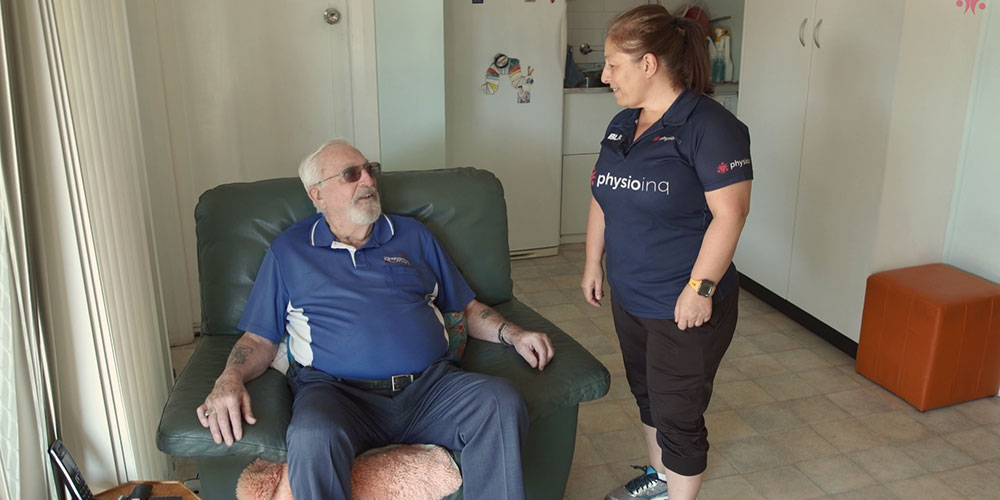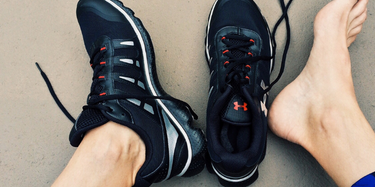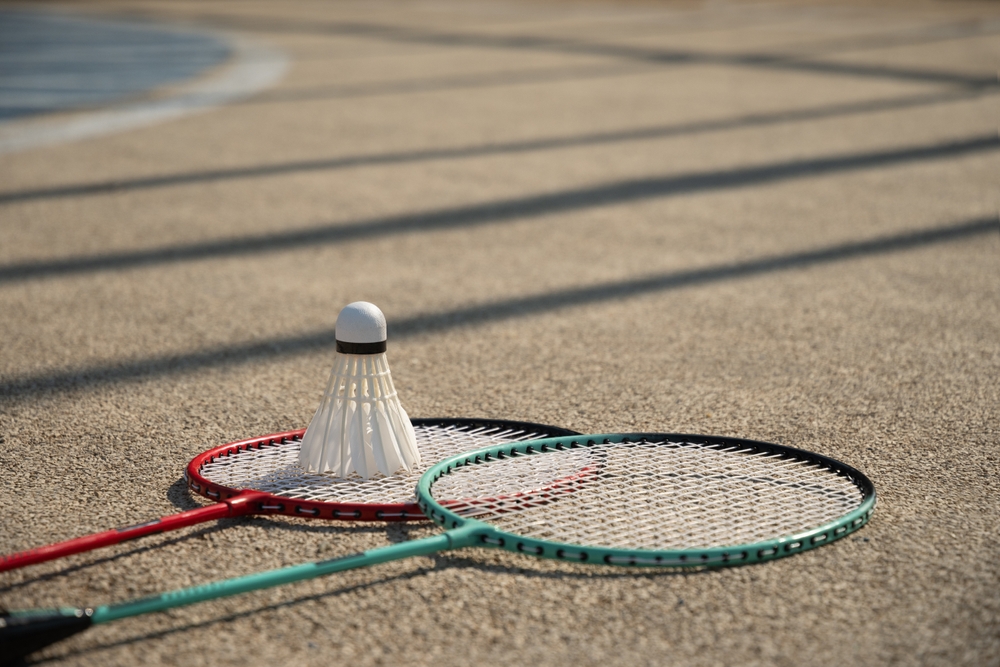Make an Appointment
Cricket has been around for more than 200 years and has been an important part of the Australian way of life for over a century.
One can argue that Cricket is the nation’s main summer sport in terms of participation, media, spectators and television/radio coverage.
Given its popularity around this time of year, across our mobile and clinic services we do see our fair share of injuries to some of our local cricketers.
Here, we’re talking all about common cricket injuries and how to manage them when they happen. Let’s go!
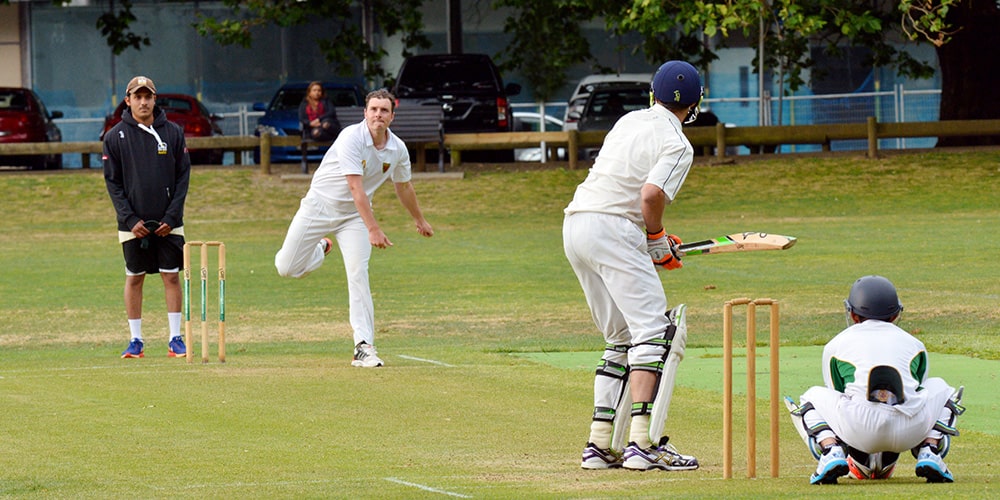
Cricket Injuries Statistics
Over a period of ten years, from the 2006-2007 season to the 2015-2016 season, Australian cricketers had an average injury incidence of 155 per 1,000 days of play.) for match time-loss injuries.
Annual injury incidence was 64 injuries per 100 players per season with an annual average injury prevalence of 12.5%. The most common cricket injury was hamstring strains at 8.7 injuries per 100 players and the most prevalent injury was lumbar (lower back) stress fractures.
As with many sports, cricket causes quite a bit of injury. Next, we’ll go through the most common cricket injuries and their specific causes.
Common Injuries in Cricket
The most common cricket bowling injuries include:
- Hamstring strains
- Shoulder injuries
- Intercoastal strains
- Elbow injuries
- Ankle sprains
- Lower back pain
Other potential cricket injuries include finger injuries, contusions, and knee injuries although they’re generally less common.
Let’s go into what causes the most common cricket injuries.
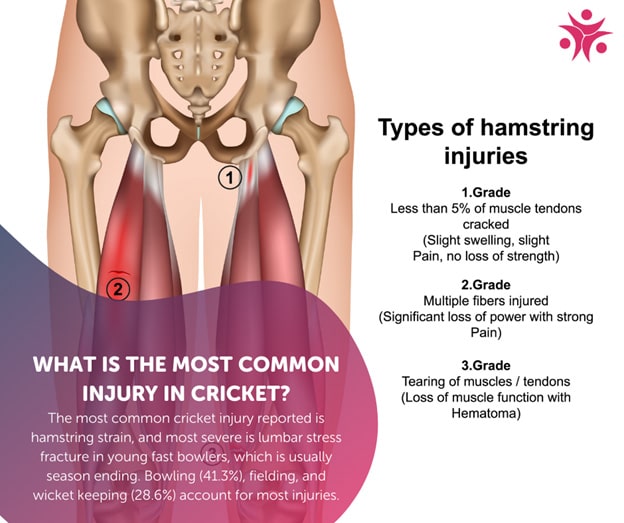
Cricket Hamstring Strains
Hamstring strains usually occur due to overload or overuse. They refer to a slight tear in the muscles in the posterior upper leg. Most often, these injuries are caused by poor warm-ups, overstretching, or landing with all your weight on a stretched hamstring.
It makes sense that in cricket, sudden bouts of running could cause hamstring strains. These injuries are quite painful and will come on quickly.
Cricket Shoulder Injuries
Cricket bowlers often endure shoulder injuries as well, most often in the rotator cuff, the muscle that stabilises your shoulder joint. These injuries are usually caused by overuse which puts too much tension on the tissue.
Bowlers and fielders both use their shoulders a lot and are all at risk for rotator cuff injury. Since this is a tendon injury, you’ll usually experience a gradual ache versus sudden pain.
Cricket Intercostal Strains
Your intercostal muscles are the muscles that make up your side around your ribs and around your mid to low back. Since bowling requires many side bends which puts the lateral muscles under a lot of strain, intercostal strains are common.
Pain from these kinds of strains is usually felt in the muscles between the ribs or the muscles in your side, abdomen, or groin. Additionally, this pain either comes on suddenly or starts as stiffness in your midsection.
Cricket Elbow Injury
Thrower’s elbow (also known as golfer’s elbow) is more technically known as medial epicondylitis and comes from repetitive movement, overuse, or poor throwing form. Pain from thrower’s elbow is felt on the inside of the joint and usually comes on gradually.
Cricket Ankle Sprains
Ankle sprains occur when there’s damage to the tendons and ligaments of the ankle joint. Cricket creates lots of ankle sprains due to sudden movements and changes in direction or when a jump is landed incorrectly.
Cricket Lower Back Pain
Lower back pain accounts for a wide range of injuries and is a broad term referring to strains or pain in the lumbar area of the back. Cricket requires a lot of agility and can cause an excess load on the muscles of the lower back.
Plus, repetitive back movements are constant while playing cricket and can cause lower back injuries over time, most often appearing gradually.
How to Prevent Cricket Injuries
The good news is, there are plenty of ways to prevent cricket injuries before they happen.
Warm-Up and Cool Down
One of these easiest ways to prevent cricket injuries and increase your longevity playing the game is by diligently warming up and cooling down.
Generally, warm-ups should consist of dynamic stretches that incorporate movement and gradually increase your heart rate while cooldowns should consist of static stretches where you hold a certain stretch to increase flexibility and mobility.
Making sure your muscles are warm and flexible helps your body to adjust to mistakes. For example, if you land from a jump the wrong way, a warm and flexible body will be more likely to absorb the shock versus a cold and stiff body, therefore preventing injury.
Wear the Proper Gear
If you play cricket to stay active on the weekends with your mates, it’s so important that you wear the proper gear. That means proper shoes, pads, and mouthguards to prevent unnecessary injuries. In other words, don’t play cricket in thongs.
Stay Hydrated and Eat Well
Hydration and proper nutrition help your body perform at a high level. When you’re dehydrated or operating without the right fuel, your body can cramp up or simply give out. Plus, ample hydration lubricates your joints so that they’ll work better.
You might also opt for electrolytes like potassium and sodium for an added boost of hydration from certain foods and healthy sports drinks.
Cross-Train
Cross-training is so important when you’re an athlete. Since so many of these common cricket injuries are caused by repetitive motion and overuse, it’s important to also activate and strengthen other areas of your body too.
Everything is connected, so by strengthening your abs, for example, you’re protecting your back in the same way that you’ll want to not only strengthen your hamstrings but make sure they’re flexible as well.
Sports physiotherapy can help athletes create a cross-training plan to balance out their bodies and avoid injury.
How to Treat Cricket Injuries
Treating cricket injuries obviously depends on the injury itself. However, making sure you rest after an injury and seeing a physiotherapist are both highly recommended, no matter the injury.
RICE Method
One of the best ways to treat a muscular injury at home is using the RICE Method which stands for rest, ice, compression, and elevation.
Resting the area is probably the most important step and is also the most difficult for athletes to do. But, staying away from cricket until you’re fully recovered is the best way to go.
You’ll also ice the area for 20 minutes on and 20 minutes off about five times a day for the duration of the injury to reduce inflammation. You might also take anti-inflammatory medication.
Compressing the area using tape or bandages also helps reducing inflammation and so can keeping the area above your heart if you can.
Always talk to your doctor about the best treatment methods for your particular injury.
Work with a Sports Physiotherapist
If you’re unsure of how to manage your cricket injury in the most effective way, a sports physiotherapist can help. A sports physio can help you not only nurse your injury back to health but can also help you prevent future injuries and even improve your cricket game.
By using rehabilitation techniques and implementing cross-training into your exercise routine, you’ll be stronger overall and less prone to injury.
Contact us today to meet with one of our amazing physiotherapists at Physio Inq. Come see us at a convenient clinic or try our mobile physio services across Australia today!
Other Useful Articles
Common Bowling Injuries In Cricket
Date Published: Monday, January 25, 2021
Locate a Mobile Physiotherapy
Service Near me
Get the experience & convinence you deserve to support your or a loved one's allied health needs.
Our Mobile Physiotherapy team are currently serving & taking appointments in the following states and regions in Australia:
Need to get into direct contact with ur Client Services team? We're all ears. Call our team directly on 1300 731 733

